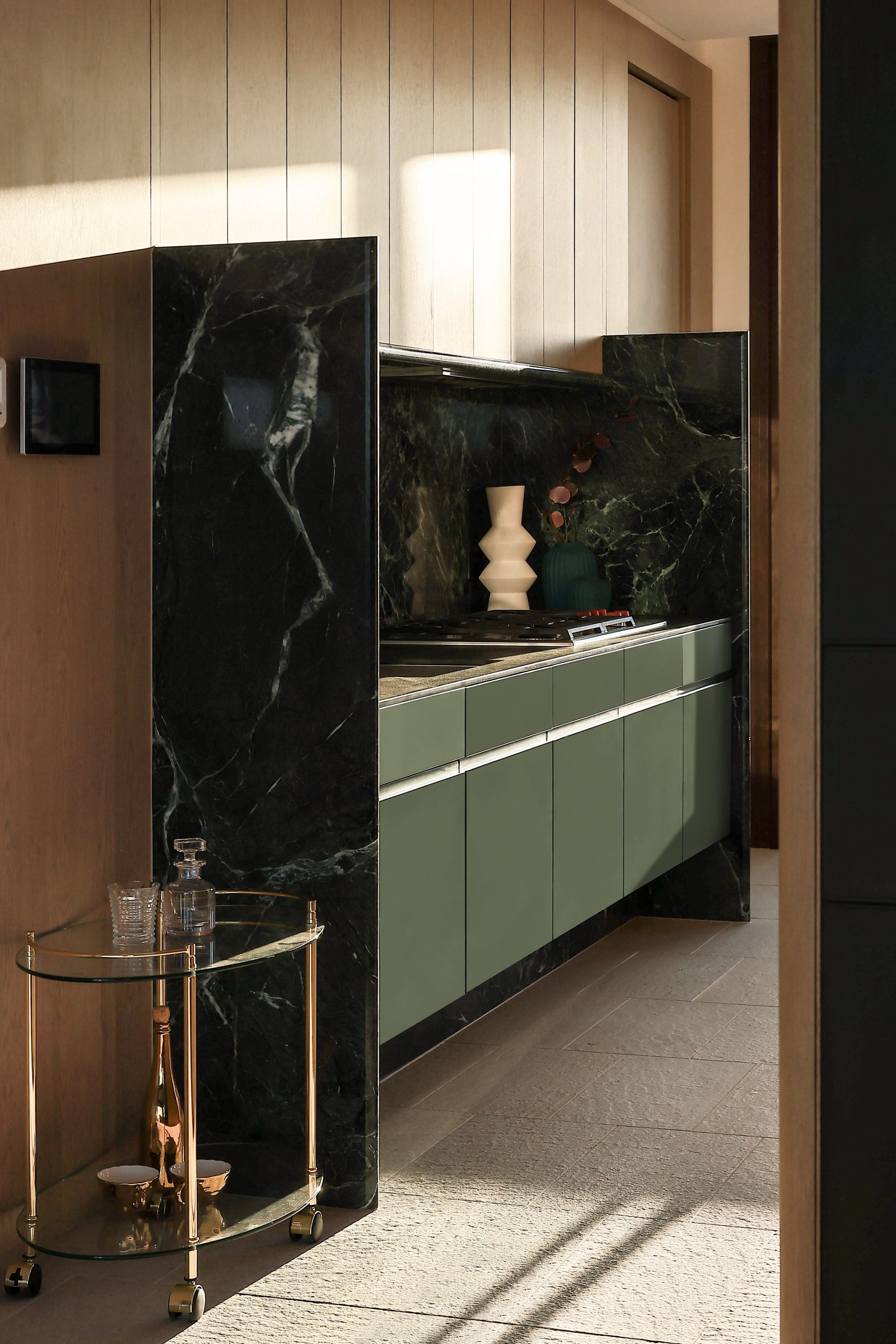Sydney Most Affordable East Coast City For Liveability … Apparently
While the median house price is high, there are other factors at play.
Yes, you read that correctly. Sydney has been declared the east coast’s most affordable city for liveability by PRD Real Estate.
Ignoring the fact that the Harbour City has an entry-level price of $1.2 million for a house within 20km of the CBD, PRD’s research argues that Sydney is indeed “the most affordable city for liveability.”
The firm’s reasoning boils down to Sydney having the greatest cost differential between premium and affordable dwellings in the same metropolitan area.
Residents can purchase a house in a liveable suburb for 87% less than the premium needed to purchase in Sydney Metro, well above the other eastern capitals.
PRD’s considerations for affordable and liveable suburbs include property trends, investment potential, affordability, project development, and liveability factors such as low crime rates, availability of amenities within a 5km radius (i.e. school, green spaces, public transport) and a steady unemployment rate.
According to PRD, Peakhurst in Sydney’s south came out on top for houses.
The suburb’s median house price for the first quarter was $1.2 million while units were among the most affordable at $685,000.
Melbourne Metro is the runner up at 42% less, and Brisbane third at 16% less.
Melbourne’s most affordable and liveable houses are found in Greenvale ($728,000), Bellfield ($800,000) and Mulgrave ($850,000).
Elsewhere, Melbourne’s most affordable units were found in Northcote ($595,000), Lower Plenty and Pascoe Vale (both $630,000)
Brisbane’s best performing suburbs included Springwood $530,000, followed by Rochedale South ($545,000) and Ferny Grove ($653,000).
Warner had the lowest-priced units in the Queensland capital with a median of $290,000, followed by Taigum ($320,000) and Coorparoo ($422,000).
This stylish family home combines a classic palette and finishes with a flexible floorplan
Just 55 minutes from Sydney, make this your creative getaway located in the majestic Hawkesbury region.
A Sydney site with a questionable past is reborn as a luxe residential environment ideal for indulging in dining out
Long-term Sydney residents always had handful of not-so-glamourous nicknames for the building on the corner of Cleveland and Baptist Streets straddling Redfern and Surry Hills, but after a modern rebirth that’s all changed.
Once known as “Murder Mall” or “Methadone Mall”, the 1960s-built Surry Hills Shopping Centre was a magnet for colourful characters and questionable behaviour. Today, however, a $500 million facelift of the site — alongside a slow and steady gentrification of the two neighbouring suburbs — the prime corner property has been transformed into a luxury apartment complex Surry Hills Village by developer Toga Group.
The crowning feature of the 122-apartment project is the three-bedroom penthouse, fully completed and just released to market with a $7.5 million price guide.
Measuring 211sqm of internal space, with a 136sqm terrace complete with landscaping, the penthouse is the brand new brainchild of Surry Hills local Adam Haddow, director of architecture at award-winning firm SJB.
Victoria Judge, senior associate and co-interior design lead at SJB says Surry Hills Village sets a new residential benchmark for the southern end of Surry Hills.
“The residential offering is well-appointed, confident, luxe and bohemian. Smart enough to know what makes good living, and cool enough to hold its own amongst design-centric Surry Hills.”
Allan Vidor, managing director of Toga Group, adds that the penthouse is the quintessential jewel in the crown of Surry Hills Village.
“Bringing together a distinct design that draws on the beauty and vibrancy of Sydney; grand spaces and the finest finishes across a significant footprint, located only a stone’s throw away from the exciting cultural hub of Crown St and Surry Hills.”
Created to maximise views of the city skyline and parkland, the top floor apartment has a practical layout including a wide private lobby leading to the main living room, a sleek kitchen featuring Pietra Verde marble and a concealed butler’s pantry Sub-Zero Wolf appliances, full-height Aspen elm joinery panels hiding storage throughout, flamed Saville stone flooring, a powder room, and two car spaces with a personal EV.
All three bedrooms have large wardrobes and ensuites with bathrooms fittings such as freestanding baths, artisan penny tiles, emerald marble surfaces and brushed-nickel accents.
Additional features of the entertainer’s home include leather-bound joinery doors opening to a full wet bar with Sub-Zero wine fridge and Sub-Zero Wolf barbecue.
The Surry Hills Village precinct will open in stages until autumn next year and once complete, Wunderlich Lane will be home to a collection of 25 restaurants and bars plus wellness and boutique retail. The EVE Hotel Sydney will open later in 2024, offering guests an immersive experience in the precinct’s art, culture, and culinary offerings.
The Surry Hills Village penthouse on Baptist is now finished and ready to move into with marketing through Toga Group and inquiries to 1800 554 556.
This stylish family home combines a classic palette and finishes with a flexible floorplan
Just 55 minutes from Sydney, make this your creative getaway located in the majestic Hawkesbury region.























